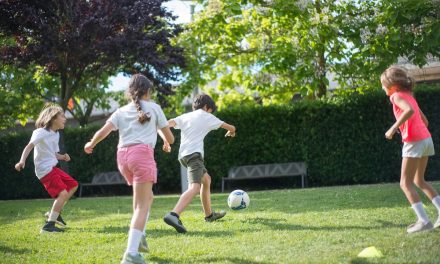Congratulations to HALO Senior Scientist Dr. Mark Tremblay on his contribution to a recent publication titled “Exploring the impact of COVID-19 on the movement behaviors of children and youth: A scoping review of evidence after the first year” just published in the Journal of Sport and Health Science. Citation details and a summary of the paper are below. This is a useful summary if you are looking to find out what happened to movement behaviours, at least during the first year of the pandemic.
Paterson, D. C., Ramage, K., Moore, S. A., Riazi, N., Tremblay, M. S., & Faulkner, G. (2021). Exploring the impact of covid-19 on the movement behaviors of children and youth: A scoping review of evidence after the first year. Journal of Sport and Health Science, 10(6), 675–689. https://doi.org/10.1016/j.jshs.2021.07.001
Purpose
The objective of this scoping review was to summarize systematically the available literature investigating the relationships between the coronavirus disease 2019 (COVID-19) pandemic and movement behaviors (physical activity, sedentary behavior, and sleep) of school-aged children (aged 5−11 years) and youth (aged 12−17 years) in the first year of the COVID-19 outbreak.
Methods
Searches for published literature were conducted across 6 databases on 2 separate search dates (November 25, 2020, and January 27, 2021). Results were screened and extracted by 2 reviewers (DCP and KR) independently, using Covidence. Basic numeric analysis and content analysis were undertaken to present thematically the findings of included studies according to the associated impact on each movement behavior.
Results
A total of 1486 records were extracted from database searches; of those, 150 met inclusion criteria and were included for analysis. Of 150 articles, 110 were empirical studies examining physical activity (n = 77), sedentary behavior/screen time (n = 58), and sleep (n = 55). Results consistently reported declines in physical-activity time, increases in screen time and total sedentary behavior, shifts to later bed and wake times, and increases in sleep duration. The reported impacts on movement behaviors were greater for youth than for children.
Conclusion
The COVID-19 pandemic is related to changes in the quantity and nature of physical activity, sedentary behavior, and sleep among children and youth. There is an urgent need for policy makers, practitioners, and researchers to develop solutions for attenuating adverse changes in physical activity and screen time among children and youth.
The full paper is available here (open access).



